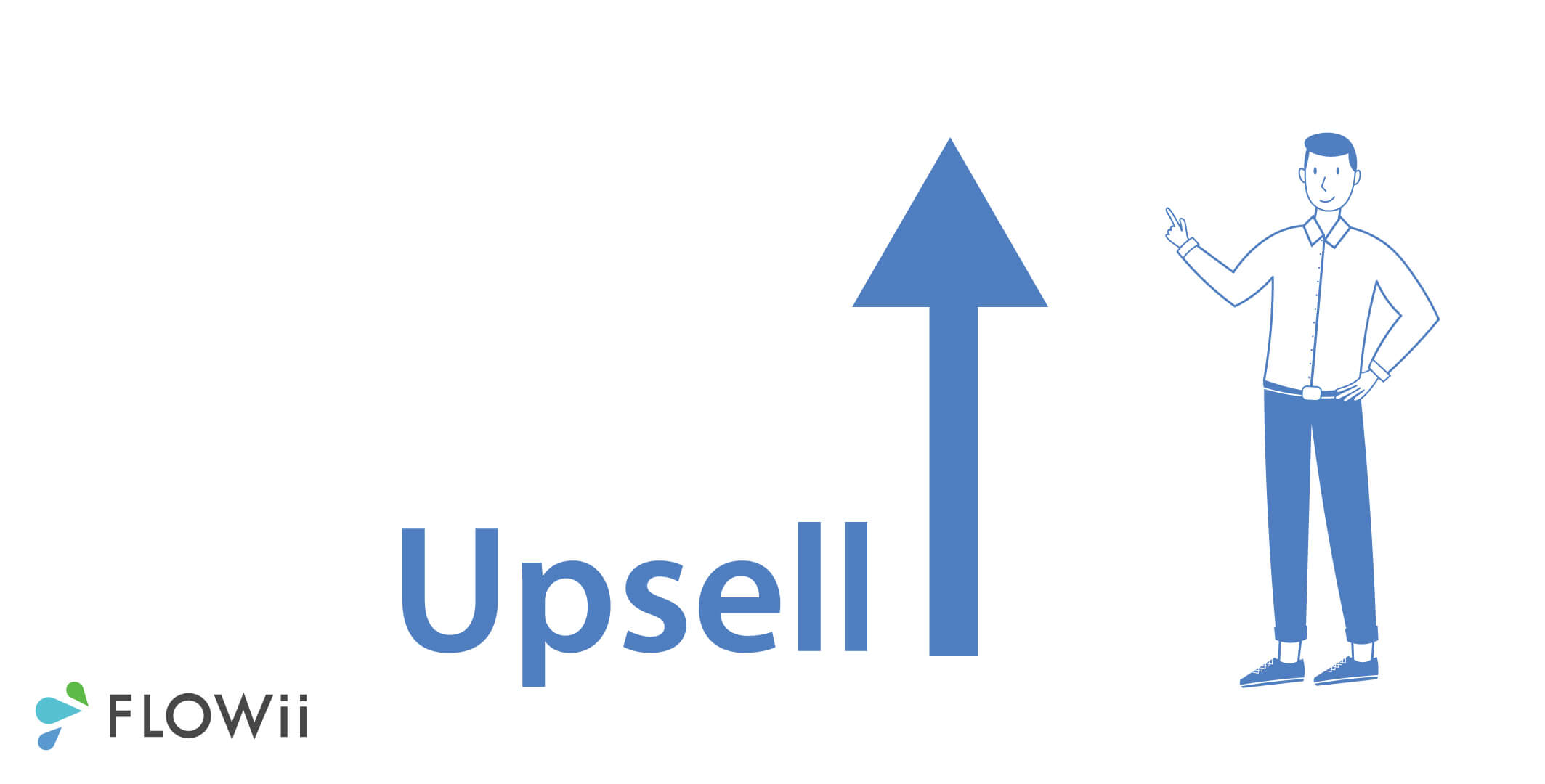Entrepreneurship is an effort to maximize profits. To achieve this goal, various marketing and sales strategies are used in business. However, in an effort to maximize profits, we are limited by the market, the market price. Thus, the margin for each product or service must vary with respect to market price and price elasticity.
In practice, this means that you cannot earn significantly more for a given product or service than your competitors and at the same time earn enough to generate a profit. So we could say that there is an imaginary margin set by the market. However, this may not always be the case. So how do you make more money on a product and service than the market allows?
We will primarily focus on 2 sale techniques, Upsell and Cross-sell, both of which try to maximize profits. You have certainly encountered both before.
Simple case study from everyday life
You have just decided to buy a ticket on the website of one of the airlines or ticket resallers. After you choos the destination and dates, the ticket seller plays a chess game in which he tries to offer you a number of benefits for higher or lower additional charges.Lets say, You add the benefit of a premium check-in with larger luggage, you will also buy travel insurance. in just a few minutes, from a initonal € 50 price tag, there is one at € 150
The air carrier was able to increase the value of the purchase from the already decided customer and the price of the ticket within the price elasticity, and at the same time offered you various benefits. But the airline business is an extreme example of such practices, and we could also discuss the moral side.
During the purchasing process from the above model situation, we were able to encounter two tactics, Upsell and Cross-sell. Upsell in the form of a premium ticket and Cross-sell in the form of travel insurance.
Upsell
According to Bigcommerce portal, Upselling often employs comparison charts to market higher-end products to customers. Showing visitors that other versions or models may better fulfill their needs can increase average order value and help users walk away more satisfied with their purchase. Companies that excel at upselling are effective at helping customers visualize the value they will get by ordering a higher-priced item.
Cross-selling
Cross-selling identifies products that satisfy additional, complementary needs that are unfulfilled by the original item. For example, a comb could be cross-sold to a customer purchasing a blow dryer. Oftentimes, cross-selling points users to products they would have purchased anyways; by showing them at the right time, a store ensures they make the sale.
Cross-selling is prevalent in every type of commerce, including banks and insurance agencies. Credit cards are cross-sold to people registering a savings account, while life insurance is commonly suggested to customers buying car coverage.
In ecommerce, cross-selling is often utilized on product pages, during the checkout process, and in lifecycle campaigns. It is a highly-effective tactic for generating repeat purchases, demonstrating the breadth of a catalog to customers. Cross-selling can offer products, customer didn't previously know you offered, further earning their confidence as the best retailer to satisfy a particular need.
Difference between Upsell and Cross-sell
Upselling is the practice of encouraging customers to purchase a comparable higher-end product than the one in question, while cross-selling invites customers to buy related or complementary items.
With these two strategies, you can also come across the term Downsell. It is about offering a better price to a customer who has decided not to buy at a higher price. In this case, the better price often comes with smaller restrictions. Therefore, company is able to keep the customer despite a lower profit and upsell the customer later.
How can CRM helps with Upsell and Downsell strategies
The CRM database provides you with valuable customer information, such as recent purchases. These will help you better personalize the Upsell or Cross-sell offer. Whether in the B2B sphere, when you are able to create a better position when dealing with a client or in B2C, when you you are able to address a customer in an e-shop, for example through E-mail marketing.
Use of digital remarketing
In addition to the CRM strategy, the digital environment can also offer another powerful tool for Upsell and cross-sell in a form of retargeting campaigns. Whether it is ads on social media or in the web browser, cookies can effectively evaluate the customer's behavior and then address him with Cross-sell and Upsell offers using retargeting campaigns.
How can you use it in your business?
If you are now in a thinking phase of how to use one of these strategies, this article has served its purpose. Despite the ultimate goal of maximizing profits, you should always start with the customer. So the question is not, how you can earn more from buyer than before, but what added value, benefit you can offer them, for which they will be willing to pay you.
Upsell and cross-sell has a long history in the market industry and is definitely not a groundbreaking innovation. However, the digital environment has created even more ideal conditions for these strategies, which have also become a moral issue in recent years. Nevertheless, these proven strategies have always worked and will always work, only the form will always change.
Source: https://www.bigcommerce.com/ecommerce-answers/what-difference-between-upselling-and-cross-selling/








